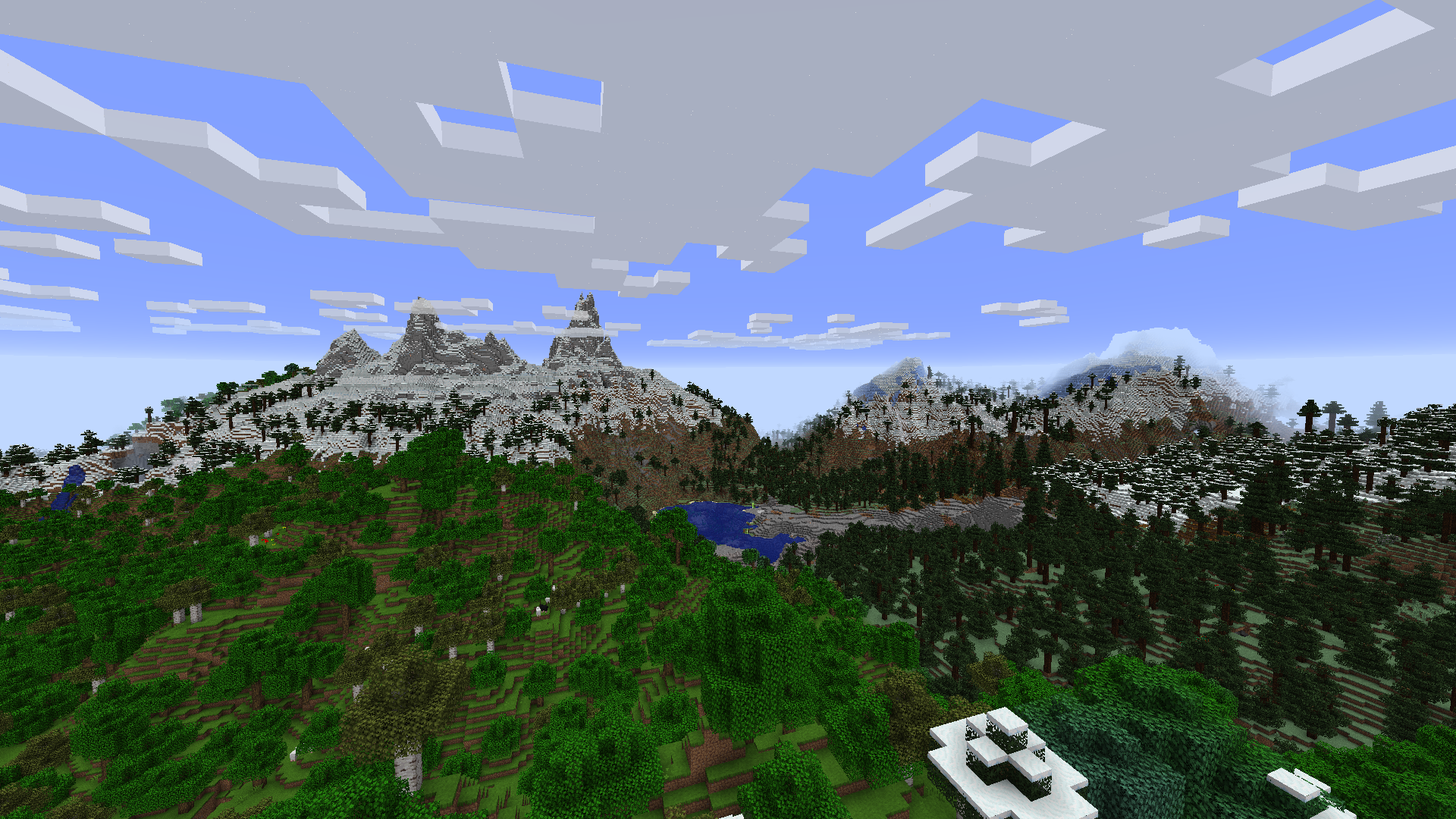
It definitely is rather reminiscent of older Windows versions with the seperate application launchers, fully expanded task bar entries that show the name of an app that are ungrouped (until necessary). And the widgets are very reminiscent of Rainmeter.
But I also bring some things from macOS that I enjoyed such as the global menu on the top (sadly Firefox flatpak does not support), virtual desktops with the pager widget on the bottom, and I use Krunner a lot (plasma’s equivalent to macOS “Spotlight”)
I hope your switch to Linux goes well if / when you switch!


The plugin that brings the “starter” / “welcome” screen when
nvimis called without a file ismini.starter, a lua module of theminiplugin. My primary use case for neovim is closer to a feature complete text editor rather than a full fledged IDE, although there definitely is some overlap in my setup.My set of plugins are roughly as follows
vim-plug, I will likely replace this one withpackerat some pointgoyo.vimandlimelight.vimfor distraction free viewing and editingnnn.nvimto integrate thennnfile manager into neovimmini.nvimaccording to the Github, “Library of 35+ independent Lua modules improving overall Neovim (version 0.7 and higher) experience with minimal effort. They all share same configuration approaches and general design principles.”mini.surroundfeature rich surround actionsmini.statuslinea very simple no-frills statuslinemini.starteraformentioned start screenmini.pairsinserts the paired character, e.g typing(will automatically place)behind the cursorsmini.movemove selectionsmini.maphas a little map of the file similar to VScode among many other IDEs & text editorsbarbar.nvimTabbar pluginnvim-treesitterfor syntax highlightingAnd the remaining things in my
init.luafile are just keybindings, setting up the plugins, and disabling the swapfile etc. when editing my password secrets ingopassamong other ‘secret’ files